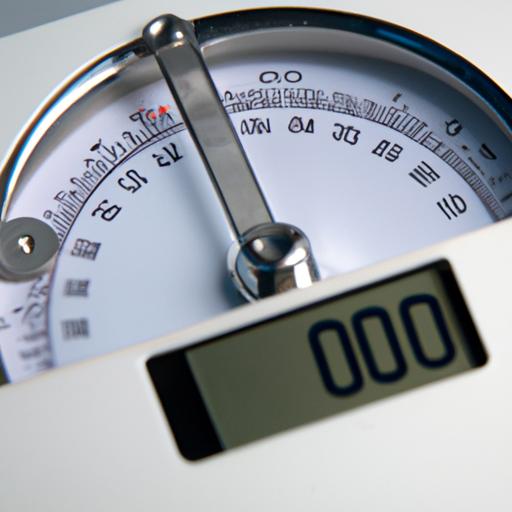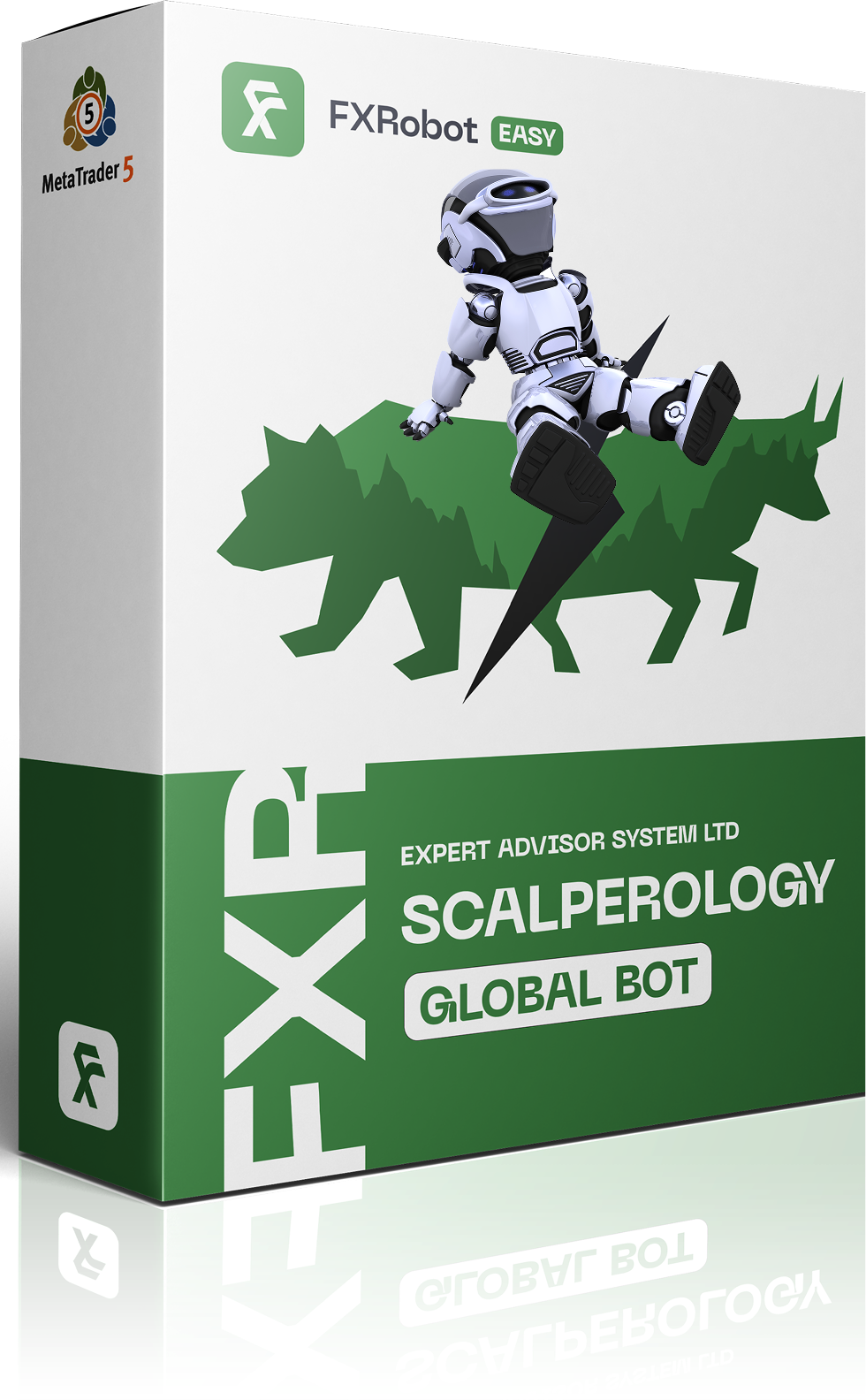In the ever-evolving landscape of forex trading, the ability to gauge the relative strength of currencies can be a game-changer. A currency strength meter is a pivotal tool that provides traders with real-time insights into the performance of various currencies. By understanding how to effectively utilize a currency strength meter, traders can make informed decisions, identify potential trading opportunities, and optimize their strategies. This article delves into the practical applications of a currency strength meter, guiding you on how to leverage this powerful tool to enhance your trading outcomes.
Understanding the Basics of Currency Strength Meters
Currency strength meters are indispensable tools in the forex trader’s arsenal, providing a snapshot of the relative strength of various currencies in real-time. By aggregating data from multiple currency pairs, these meters help traders identify which currencies are gaining or losing momentum. This insight is crucial for making informed decisions on which pairs to trade. For instance, if the meter indicates that the USD is strengthening while the EUR is weakening, a trader might consider shorting the EUR/USD pair.
The functionality of these meters lies in their ability to analyze the performance of individual currencies against a basket of other currencies. This comprehensive analysis is achieved through algorithms that process price movements and volume data across different timeframes. The result is a visual representation, often in the form of a bar or line graph, that displays the strength of each currency relative to the others. This allows traders to quickly spot potential trading opportunities by identifying strong and weak currencies, thus enabling them to capitalize on market trends efficiently.
Identifying Strong and Weak Currencies for Optimal Trades
To maximize trading opportunities, it is essential to pair strong currencies against weak ones. A currency strength meter allows traders to identify these optimal pairs by providing real-time data on the relative strength of various currencies. When a currency is showing significant strength, it indicates bullish momentum, while a weak currency suggests bearish momentum. By combining a strong currency with a weak one, traders can better align with existing market trends and improve their chances of a successful trade.
For instance, if the currency strength meter shows that the USD is gaining strength and the JPY is weakening, traders might consider going long on USD/JPY. This strategy leverages the strong upward momentum of the USD against the downward pressure on the JPY. By continuously monitoring the strength and weakness of currencies, traders can dynamically adjust their positions to stay aligned with the prevailing market conditions, thereby optimizing their trading outcomes.
Integrating Currency Strength Analysis with Your Trading Strategy
When it comes to integrating currency strength analysis into your trading strategy, the goal is to create a holistic approach that maximizes the potential for profitable trades. Currency strength meters, which analyze the relative strength of different currencies, can be a powerful tool when used in conjunction with other technical indicators and market analysis techniques. By identifying the strongest and weakest currencies, traders can make more informed decisions about which currency pairs to trade and when to enter or exit positions.
One effective method is to combine currency strength analysis with trend-following strategies. For instance, if the currency strength meter indicates that the EUR is strong and the USD is weak, a trader might look for opportunities to go long on EUR/USD. This approach aligns your trades with the prevailing market trend, increasing the likelihood of success. Additionally, incorporating support and resistance levels, moving averages, and other technical indicators can provide further confirmation for your trades, ensuring a more robust trading strategy.
Maximizing Profits by Leveraging Currency Strength Data
To capitalize on the insights provided by currency strength meters, traders need to adopt a strategic approach that goes beyond just identifying strong and weak currencies. One effective method is to focus on currency pairs where one currency shows significant strength while the other displays notable weakness. This divergence can often indicate a high probability trading opportunity. For instance, if the currency strength meter indicates that the EUR is gaining strength while the USD is losing strength, a trader might consider going long on the EUR/USD pair.
Incorporating additional indicators such as moving averages, support and resistance levels, and trend lines can further refine entry and exit points. By aligning these technical tools with currency strength data, traders can create a more comprehensive trading strategy that maximizes profit potential while minimizing risk. Moreover, setting clear take-profit and stop-loss levels based on the combined analysis can ensure disciplined trading, helping traders to lock in profits and manage losses effectively.
Avoiding Common Pitfalls When Using Currency Strength Meters
Relying solely on a currency strength meter can lead traders into several traps. One common mistake is overemphasis on the strength readings without considering market context or additional technical indicators. Currency strength meters provide a snapshot of relative currency strength but do not account for market conditions such as economic news, geopolitical events, or market sentiment. To avoid this pitfall, always combine the data from the currency strength meter with other forms of analysis, including trend lines, support and resistance levels, and economic indicators. This multi-faceted approach ensures a more comprehensive understanding of the market and helps mitigate risks associated with relying on a single tool.
Another frequent error is ignoring the importance of timeframes. Currency strength can vary significantly across different timeframes, and focusing on only one can give a misleading picture. For instance, a currency might appear strong on a daily chart but weak on an hourly chart, leading to conflicting signals. To avoid this, traders should analyze multiple timeframes to get a clearer picture of the currency’s strength across different periods. This approach helps in identifying short-term fluctuations and long-term trends, providing a more balanced perspective and enabling better-informed trading decisions.
Q&A
How to Use Currency Strength Meter to Trade: A Comprehensive Guide
Q: What is a Currency Strength Meter?
A Currency Strength Meter is a tool that measures the relative strength of various currencies. It helps traders identify which currencies are strong and which are weak, providing valuable insights for making trading decisions.
Q: How does a Currency Strength Meter work?
The Currency Strength Meter analyzes the strength of currencies by comparing them against each other. It uses data from multiple currency pairs to calculate the overall strength of each currency. This information is then displayed in an easy-to-read format, often using color-coded charts or histograms.
Q: Why should traders use a Currency Strength Meter?
- Identify Strong and Weak Currencies: Helps in spotting potential trades by showing which currencies are gaining or losing strength.
- Trend Confirmation: Confirms the direction of a trend, reducing the risk of false signals.
- Better Pair Selection: Assists in selecting the best currency pairs to trade by pairing strong currencies against weak ones.
Q: How can I use a Currency Strength Meter in my trading strategy?
Here are some practical steps to integrate a Currency Strength Meter into your trading strategy:
- Add the Currency Strength Meter to your trading platform and configure it to analyze the currencies you are interested in.
- Look for currencies that are showing significant strength or weakness. These are potential candidates for trading opportunities.
- Pair a strong currency with a weak currency to maximize the potential for profit.
- Use the meter in conjunction with other technical indicators to confirm entry and exit points.
Q: What are some tips for using a Currency Strength Meter effectively?
- Always consider the broader market context. The meter is a tool to assist decision-making, not a standalone solution.
- Avoid trading during periods of low market liquidity, as this can lead to false signals.
- Regularly update the meter to ensure you are working with the most current data.
- Combine the meter with other tools and indicators to develop a comprehensive trading strategy.
Q: Are there any limitations to using a Currency Strength Meter?
While a Currency Strength Meter is a powerful tool, it has some limitations:
- It does not predict future price movements but rather shows the current strength of currencies.
- It should not be used in isolation; always combine it with other forms of analysis.
- Market conditions can change rapidly, and the meter’s readings may lag behind real-time events.
Q: Can a Currency Strength Meter be used for all types of trading?
Yes, a Currency Strength Meter can be used for various trading styles, including day trading, swing trading, and long-term investing. Its versatility makes it a valuable tool for traders of all experience levels.
Q: How do I choose the best Currency Strength Meter?
When selecting a Currency Strength Meter, consider the following factors:
- Compatibility with your trading platform.
- Ease of use and readability of the data presented.
- Features such as alerts, customizable settings, and historical data analysis.
- User reviews and ratings to gauge reliability and effectiveness.
Conclusion
Incorporating a currency strength meter into your trading strategy can significantly enhance your ability to make informed trading decisions. By accurately gauging the relative strength of different currencies, traders can identify potential trade opportunities, optimize their entry and exit points, and manage risk more effectively. Remember, while currency strength meters are powerful tools, they should be used in conjunction with other technical and fundamental analysis methods to achieve the best results. Happy trading!








